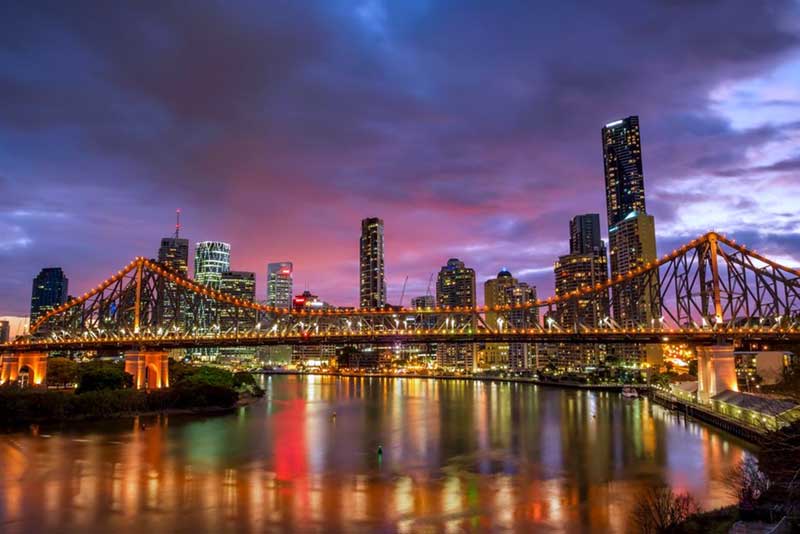Overview
In previous article we’ve mentioned the early application of stainless steel in bridges, with Progreso Pier as an example. Technically speaking, it is not a bridge. Long as it is, Progreso Pier is actually a pier. It is worth exploring Progreso Pier as a case study in another article for 1) it is the world’s longest pier; 2) the construction of this pier can be called an engineering marvel on its own. Let us witness how stainless steel can make a difference in the case of Progreso Pier.
Progreso Pier, Mexico
Progreso Pier is an engineering marvel from southern hemisphere. It is located in Progreso, Yucatan, Mexico, with the longest dock all over the world at roughly 8019.98 meters achieved on 1 July 2023 (NCESC 2025) after several expansions. It features a 4.11-mile-long pier and a 4.68-mile-long shipping channel.
The port of Progreso is one of the only offshore deep-water cargo ports in Mexico. It has become a popular cruise ship harbor with more than 100 cruise ships and over 3444000 passengers arrived in 2014 (Caitlin Dempsey 2017). Progreso pier is hence strategically an important investment from the government and managed by the Municipio de Progreso.

Why Progreso Pier has to be that long?
Connecting Yucatan with the Florida Keys or Cuba, Progreso Pier does look like a bridge to some far-off land. It is an immense infrastructure designed to surmount the local geographical limits (as below listed) for deep-water access.
- • The shallow waters of the Yucatan coast
- • The underlying limestone shelf
The geographical features make it impossible for large vessels to dock directly at the shore. The pier has to be constructed long enough into deep waters for cargo vessels to anchor safely for easy cargo handling. That’s how it gets the exceptional length, extending as far as into the Gulf of Mexico.
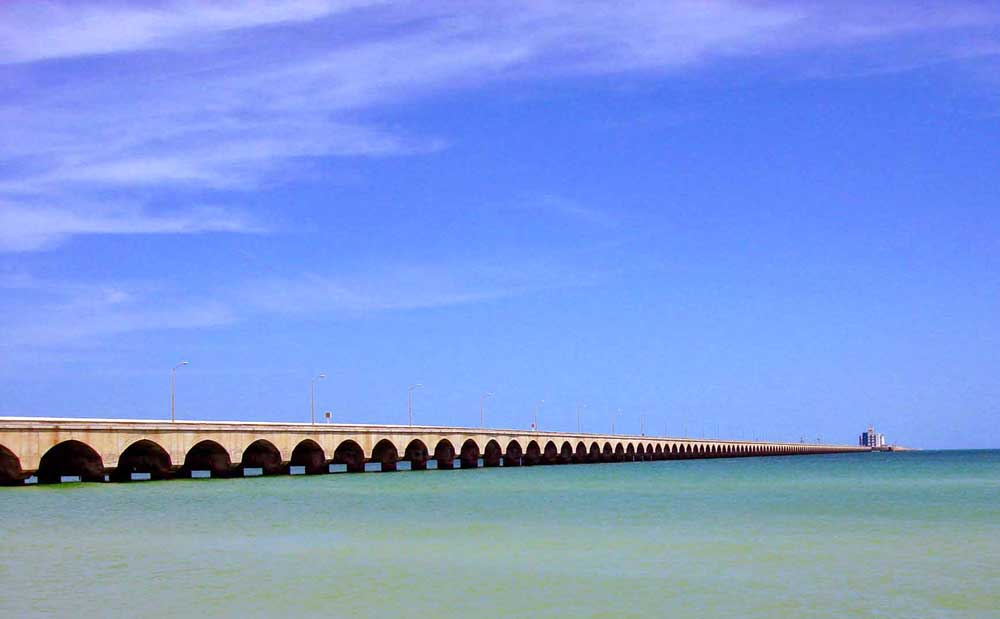
What is the Good of Progreso Pier?
For its strategic location, the construction of Progreso Pier boosts the local economy like never before.
- • It brings employment for construction and later maintenance.
- • It promotes not only local economy, but also international economies by eliminating the need for smaller ships to transfer goods to shore. Hence, goods can move faster with reduced time, costs and potential risks of damage during transfer, great benefits for both local and global trade.
- • It turns into a hot tourist spot for tourists to enjoy the panoramic views of the Gulf of Mexico, meanwhile it is not far from Mayan ruins. With tourists visiting comes more prosperous local community.

The Construction & Renovation of Progreso Pier
Progreso Pier becomes the world’s longest pier not in one shot but through accumulated renovation and expansion projects.
The precedent was a wooden pier built in the 1930S. The Pier known to us today was actually commenced from a project of 2100-meters length in 1937 and completed in 1941. It was extended by extra 4400 meters to accommodate much large vessels anchoring in 1988. It achieved the record highest length of 8019.98 meters in 2023.
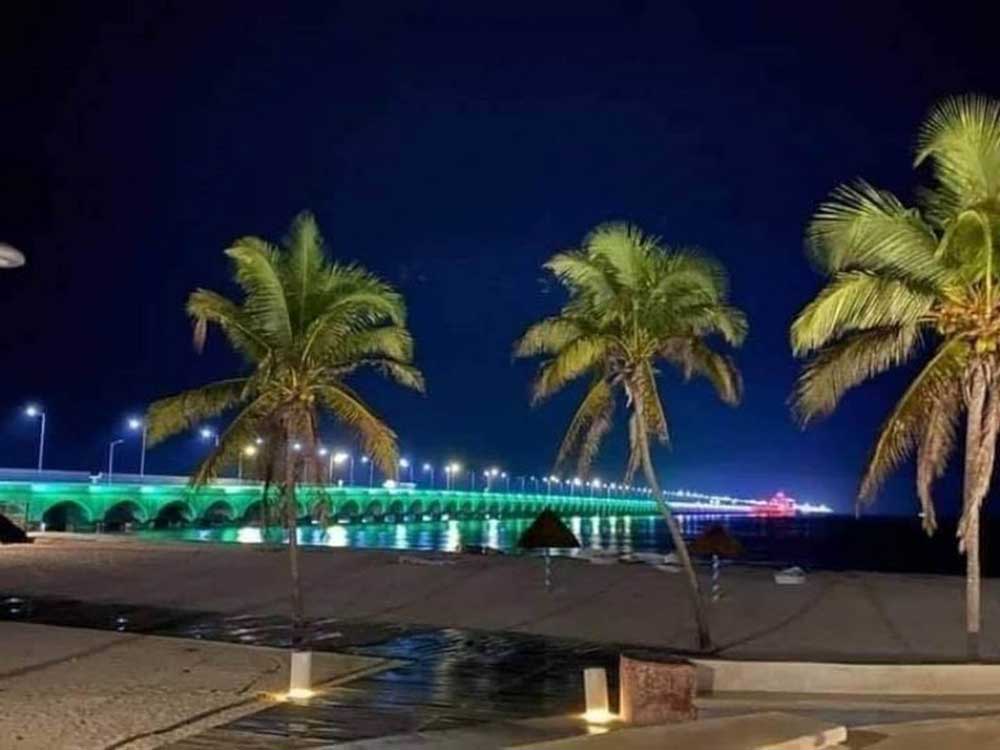
Stainless Steel Applied in Progreso Pier
Apart from the economic benefits brought from trade and tourism, its innovative engineering reinforces its reputation worldwide. Progreso Pier was the world’s first concrete structure using stainless steel containing nickel rebars to build. It was often cited by structural engineers as an example to illustrate how the choice of rebar material can make a difference.
According to an ISO-consistent peer-reviewed Life Cycle Assessment (LCA), using stainless steel rebar (As-built Design) rather than traditional carbon steel rebar (Alternative Design) in Progreso Pier brings out better financial and environment gains with the tables & charts (Nickel Institute 2016) illustrated respectively as below,

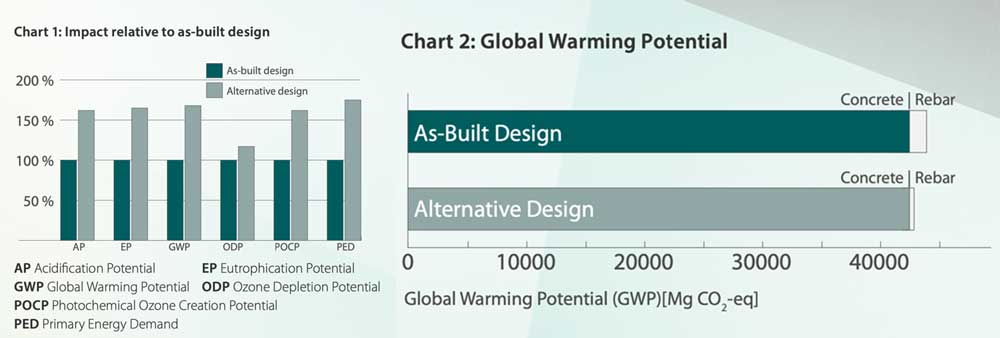
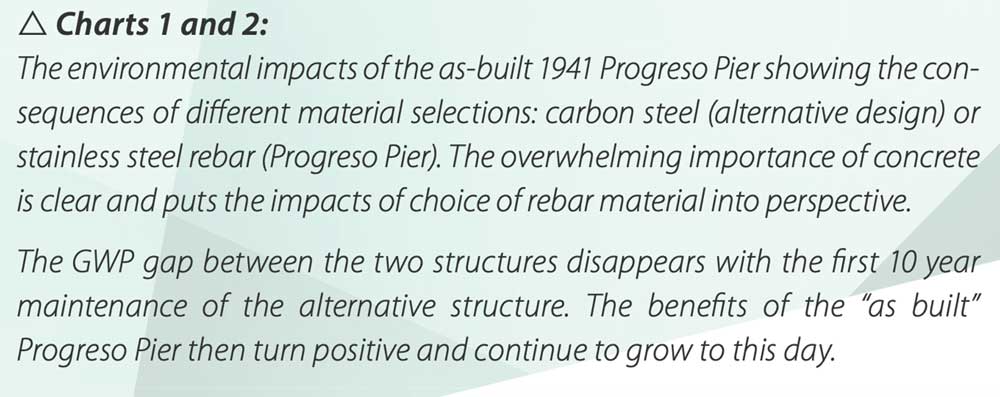
For 84 years up to date since its construction in 1941, Progreso Pier remains in service with only minor maintenance. For developed countries, marine grade 316 stainless steel or duplex stainless steel 2205 is nothing uncommon to be applied in coast area infrastructures. However, it is Mexico who pioneered in replacing traditional carbon steel with stainless steel rebars. Despite the relatively poor grade of 304 being used, the pier has weathered harsh chloride erosion for decades. In contrast, the adjacent pier built with carbon steel, only 200 meters away from Progreso Pier, is severely eroded with the superstructure gone. Sadly, the deteriotated one is 20 years younger than Progreso Pier.

Stainless Steel at CIVMATS China
CIVMATS specialize in production of stainless steel materials since 1989, with international department set up in 2016. Whether you are in the market for stainless steel long products, or for SS flat products, we are always here for you.
We have accumulated extensive industrial cases of stainless steel applications. Stay with us for weekly update. Choose CIVMATS, choose reliability.
